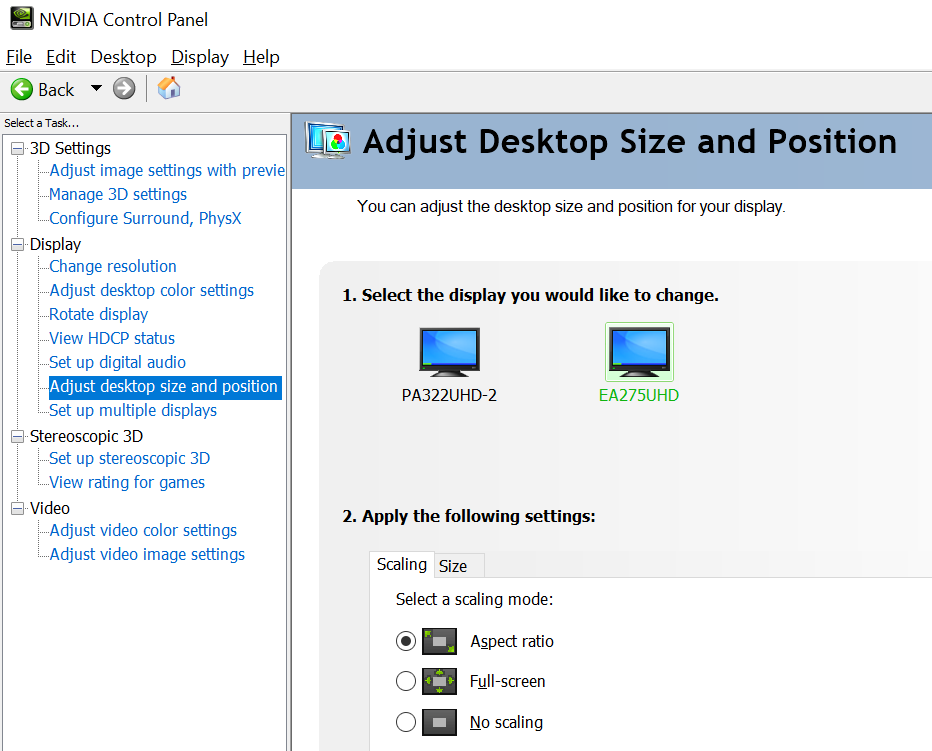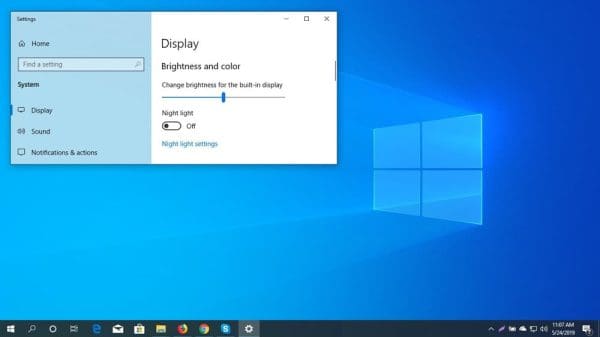

If you find that the taskbar is getting cut off along the bottom of the screen, you will also want to turn off any overscan settings on your TV. For more on HDR gaming on PCs, check out our guide to using HDR in Windows 10. You will also probably want to turn on HDR mode for that input (which may be called HDMI UHD Color, HDMI Deep Color, or something similar), even if you don't plan on playing any HDR games. For example, if you label the input as "PC" instead of "Game Console," you may get better picture quality (though how this is implemented varies from set to set, so try it on and off to see which you prefer). Set Your TV's Input SettingsĮvery input on your TV has a few of its own special settings, and you may need to tweak a few for optimal output. Imitating auto-game mode will vary from setup to setup, but it's worthwhile if you don't want to turn it on manually every time. If you have a universal remote like one of Logitech's Harmony series, you might be able to program a series of button presses that turns game mode on and off when you invoke the activity for your gaming machines. For example, if you have your PC and consoles plugged into a receiver with dual outputs, you can plug both those outputs into your TV-with one of your TV's inputs set to Game Mode and the other set to the classic movie mode. If you have an newer TV, it may have an option to switch into Game Mode automatically, but if you don't, there are a few ways you might be able to imitate this feature. You may have to dig around your TV's settings to find it, since it's different for every TV (and some cheaper sets may not even have the option), but Game Mode is generally worth the effort. This can seriously decrease input lag, so your controls feel fluid and responsive instead of like slogging through molasses. I recommend setting your TV to Game Mode. If you have trouble, you may want to try a different cable as well-preferably one labeled Premium High Speed or 18Gbps for HDMI 2.0, and Ultra Premium High Speed or 48Gbps for HDMI 2.1, as described in our cable guide.

So check your TV's manual or the input labels on the back, and plug your PC into a port that supports 4K resolutions at 60Hz, ideally through HDMI 2.0 or (if available) 2.1. Some TVs only support 4K at 60Hz on certain inputs, and even if your computer can't support 4K games at 60 frames per second, you're still going to want as much bandwidth as you can get.


 0 kommentar(er)
0 kommentar(er)
